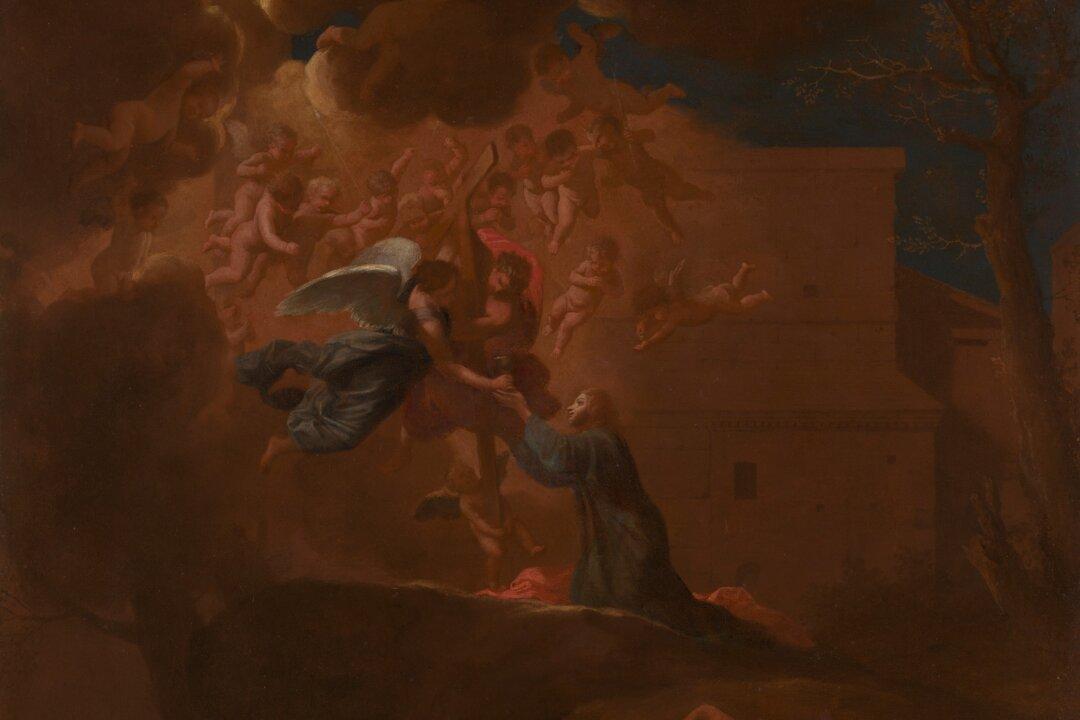Only two of Nicolas Poussin’s oil paintings on copper survive. In January, The Metropolitan Museum of Art in New York acquired one of the 17th-century French artist’s works: “The Agony in the Garden.”
Even though some 17th- and 18th-century texts mention the painting, it was lost until 1985. Up until recently, art collectors Jon and Barbara Landau have enjoyed the work in their home, but now the public can marvel at it in The Met, where it’s part of the largest collection of Poussin’s work outside of Europe.






